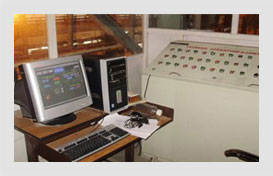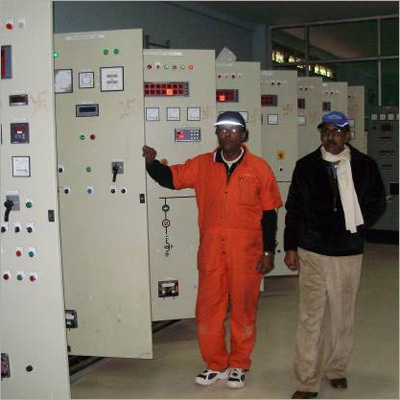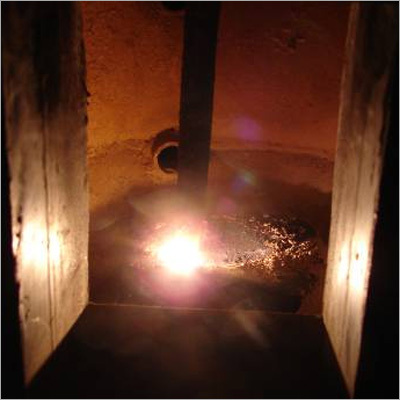Welcome to Our Website !
- SCADA and instrumentation
- Calibration Laboratory
- Coal Gasification
- Material Handling
- Development of Quality Control Equipments
- Substitution of Imported system.
- Fire Ball Chimney Ignition system.
- Governor control system for Hydro electric plant.
Positronics India is now focusing on unconventional energy extraction. These are from:

- Power from Plastic waste using Plasma Technology in collaboration with CSIR, CMERI, Durgapur.
- Power from Solar energy using Salt as energy storage media.
- Power / Fuel from any Carbonaceous waste.
- Catalytic converter to crack Tar and Phenol compound into Lower hydrocarbon based Fuel.

Products Gallery
 |
POSITRONICS INDIA
All Rights Reserved.(Terms of Use) Developed and Managed by Infocom Network Private Limited. |




 English
English Spanish
Spanish French
French German
German Italian
Italian Chinese (Simplified)
Chinese (Simplified) Japanese
Japanese Korean
Korean Arabic
Arabic Portuguese
Portuguese






